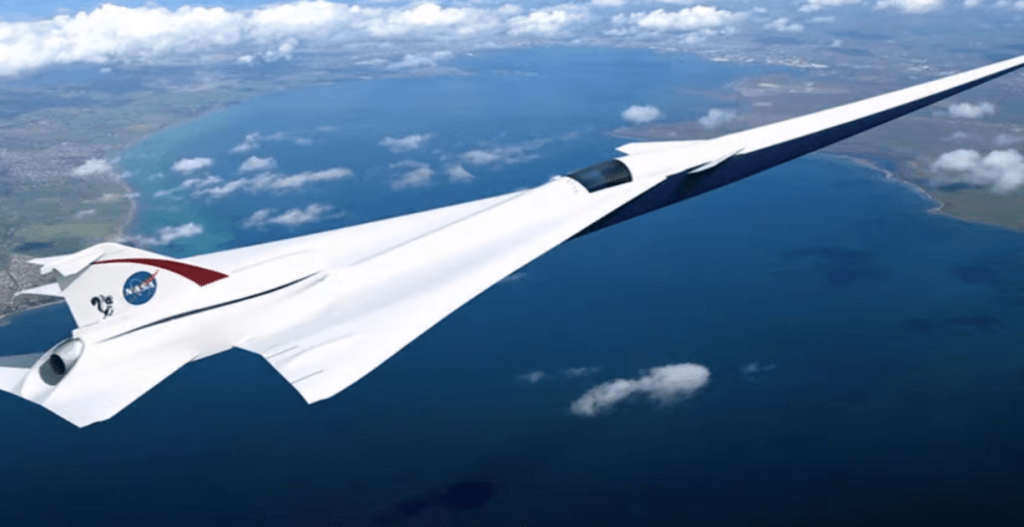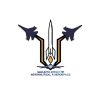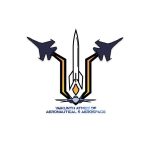Silence in the Skies: Get Ready for a Quieter Future of Air Travel with NASA and Lockheed Martin's X-59 Aircraft
Our Recent News Trends

NASA and Lockheed Martin have officially introduced the X-59 quiet supersonic aircraft, marking a significant milestone in the field of air travel. This unique experimental airplane is set to collect data that could potentially revolutionize the industry, paving the way for a new era of commercial aircraft capable of traveling faster than the speed of sound.
Pam Melroy, NASA Deputy Administrator, expressed her admiration for the hard work and innovation displayed by the NASA and X-59 teams, emphasizing the rapid progression from concept to reality. Melroy believes that NASA’s X-59 will transform the way we travel, bringing people closer together in significantly less time.
The unveiling of the aircraft took place at Lockheed Martin Skunk Works’ facility in Palmdale, California, with Melroy and other senior officials in attendance.
The X-59 plays a central role in NASA’s Quesst mission, which aims to provide regulators with data to reconsider the rules that currently prohibit commercial supersonic flight over land. For the past 50 years, such flights have been banned due to the disruptive sonic booms they create in communities below. The X-59 is projected to fly at 1.4 times the speed of sound, or 925 mph, while generating a quieter sonic thump thanks to its innovative design and technologies.
Bob Pearce, associate administrator for aeronautics research at NASA Headquarters, expressed his excitement about the ambitious Quesst mission and its potential benefits. Pearce emphasized that NASA will share the data and technology generated from this unique endeavor with regulators and the industry. The goal is to demonstrate the feasibility of quiet commercial supersonic travel over land, opening up new markets for U.S. companies and benefiting travelers worldwide.
Now that the rollout is complete, the Quesst team will focus on the next steps, including integrated systems testing, engine runs, and taxi testing for the X-59 in preparation for its first flight.
Later this year, the aircraft is scheduled to embark on its inaugural flight, followed by its first quiet supersonic flight. The Quesst team will conduct numerous flight tests at Skunk Works before transferring the aircraft to NASA’s Armstrong Flight Research Center in Edwards, California, which will serve as its operational base.
John Clark, the vice president and general manager at Lockheed Martin Skunk Works, expressed his gratitude for the collaboration between talented scientists, engineers, and production artisans from both teams. He emphasized the honor of being involved in shaping the future of supersonic travel over land alongside NASA and their suppliers.
Upon completion of the flight tests, NASA will fly the aircraft over various cities in the United States to gather feedback on the sound generated by the X-59 and public perception of it. This data will then be provided to the Federal Aviation Administration and international regulators.
It is important to note that the X-59 is not a prototype but rather a unique experimental airplane. Its purpose is to inform future generations of quiet supersonic aircraft by incorporating advanced technologies.
With dimensions of 99.7 feet in length and 29.5 feet in width, the aircraft’s design and technological advancements enable quiet supersonic flight. The X-59’s slender, tapered nose, which accounts for nearly one-third of its length, effectively mitigates the shock waves that typically result in a sonic boom from a supersonic aircraft. As a result of this configuration, the cockpit is situated approximately halfway down the aircraft’s length and lacks a forward-facing window. Instead, the Quesst team has developed the eXternal Vision System, which consists of high-resolution cameras that feed a 4K monitor in the cockpit.Additionally, the Quesst team has strategically positioned the engine on top of the aircraft and ensured a smooth underside to prevent the merging of shockwaves behind the aircraft, thereby avoiding a sonic boom.


